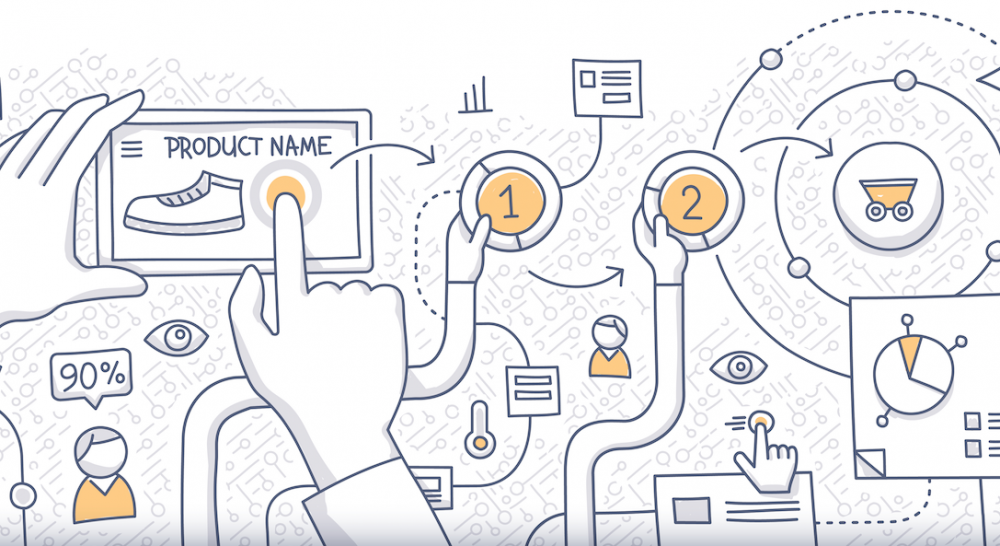It can be easily assumed that one rather important part in UX is user profiling. To determine the needs one may have or the assets one might look for we must first get to know the one. Is true that exact knowledge of a person comes from understanding and, considering that maybe we should think through the possibility of a high empathic capacity when it comes to UX development.
Empathizing with your users
While creating user personas.
The thing that breaks a border of understanding becomes, consequently, the user profile, which is basically the easiest way one can get to know and try to understand the user. Even if a bit impersonal, a user profile is the closest one may come to understand a user without actually getting to talk to set specific user.
But what exactly is it?
A profile is a description, of sorts. It supposedly contains the most important things you could ever find out about a particular person. The point of user profiles is that people are different and have different preferences and discovering these preferences is vital to providing users with personalized services.
Obviously, or well, maybe not so much, the content of a user profile may usually vary based on the application domain it is used for.
The “skeleton” of a user profile
Basically, a representation of information, a user profile is created according to a sketch. The most common contents that, put together, represent the whole of a user profile are interests, knowledge, background and skills, goals, behavior, interaction preferences, individual characteristics and context. Of course, all aforementioned contents are what perfectly gives contour and credibility to a specific user.
Considering that, each of the contents should be individually looked into and maybe even understood.
User interests can be considered the most important, and typically the only taken into consideration. Aspect when it comes to user profiling. Most filtering systems are programed to highlight interests pushing aside everything else. This filtering can, however, become somewhat of a double-edged sword, for after all people ignore design that ignores people and, in my opinion “weeding out” everything but interests becomes inhumane. As a simple mind biscuit, imagine creating everything a user could ever want without taking into consideration how able set user would be to use the creation. Ultimately it may lead to frustration that can only be taken back to you as a UX insufficiency.
 That is why the knowledge one has as well as background experience and skills are important features within user profiles. As such, systems can adapt to individual learning curves or past knowledge and relate directly to the way users interact with them. It is expected for some problems to still occur in user experience but set setbacks will most definitely be easily resolved.
That is why the knowledge one has as well as background experience and skills are important features within user profiles. As such, systems can adapt to individual learning curves or past knowledge and relate directly to the way users interact with them. It is expected for some problems to still occur in user experience but set setbacks will most definitely be easily resolved.
Goals are, well, as expected, the expectations of users when using a specific service, or broadly what the user wants to achieve.
The user’s behavior can become an interesting asset to profiling. For example, if a user has a repetitive behavior, that behavior represents a pattern that can be later used to create a system in order to assist the user according to the learnt behavior.
Interaction preferences are basically pieces of data about the user’s interaction habits when it comes to use of an interface agent.
Sometimes personal information may also become part of the user profile. This would include mainly demographic information.
Contextual information can be used mainly to characterize an entity, an entity being a person, place or object relevant to the interaction between user and application, including both user and application.
Overall the most important part that ought to come to mind when creating or relating to a user profile should be how important to the user experience such profiles could become, for they help accentuate what would be needed for the best interest and experience of the user.



Your thoughts, please